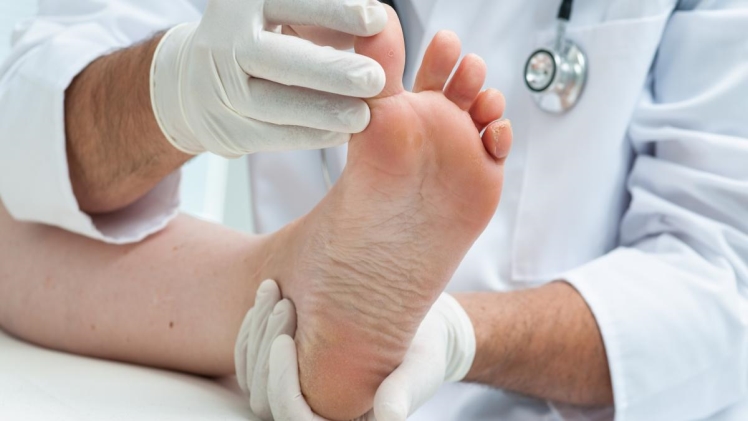Seeing a podiatrist may do wonders if you are having issues with your feet. People aren’t always good at recognizing anything wrong with their feet. Nonetheless, the feet should be able to perform their normal, trouble-free functions! If you are not convinced you may need Kyrou podiatry associates, this piece covers some warning signals that it is time to consult a foot doctor.
Nail fungus
Fungal nail infections have skyrocketed in frequency with the proliferation of nail salons. If you don’t remove the infection, your toenails will thicken and become yellow, and the illness might spread to other toenails.
A persistent sore, blister, or ulcer
Most individuals will not worry too much over a little blister. Without treatment, even a minor cut might become an infected ulcer if you have diabetes. Black tissue or gangrene surrounding the lesion is the primary indicator of a significant foot ulcer.
Be on the lookout for redness, discomfort, or other symptoms of infection surrounding a wound. Like everything out of the ordinary, this should be checked out by a doctor immediately, but more so if diabetes is a factor. Little blisters may become big issues relatively fast for someone with diabetes, so it is best to get them checked as soon as possible.
Foot abnormalities such as bunions and hammertoes
Often, a mechanical malfunction may cause a progressive change in the alignment of bones, leading to a projecting bony prominence and a resulting skeletal deformity. Joints and the cartilage that lines them may deteriorate from osteoarthritis. Consider traveling to the podiatrist’s office to alleviate discomfort and restore function.
Numbness
It is not unusual to experience a tingling or numbness in your legs or feet after sitting for a long period. But, if the numbness is severe and persistent, it may be a sign of a more serious condition. Everyone has felt “pins and needles” as their feet fall asleep, but it may be time to contact a foot expert if this sensation persists.
Heel pain
Overuse and inflammation of the plantar fascia (plantar fasciitis), the fat pad around the heel, and a heel spur may all contribute to this problem in adults. If your kid is between the ages of 8 and 14, they may have Sever’s Disease, an overuse condition in which the growth plate in their heel gets inflamed and causes painful heel spurs. In the event of a foot injury that prevents weight bearing, such as a rupture in the plantar fascia or a fracture in the growth plate, quick medical attention is necessary.
Thick corns or calluses
The correct therapeutic inserts or shoes may assist in reducing the problem of corns and calluses, which can be exceedingly unpleasant. If you have corns on your feet, see a podiatrist so they can assess the situation and suggest a course of action.
Many symptoms may suggest a visit to a foot doctor is in order. These symptoms, however, seem to be the most widespread. If you have discomfort, swelling, or trouble walking or standing, it may be time to see a foot doctor. Don’t hesitate to contact Kyrou Podiatry Associates if you have any questions or concerns about issues affecting your feet.

